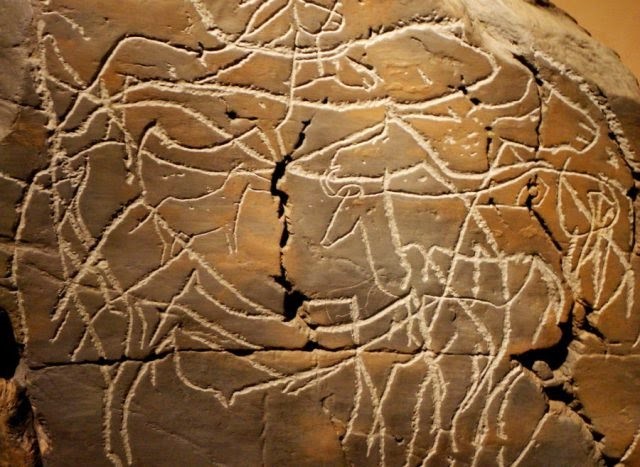Rock Art of the Côa River
The Côa site was one of the most important archaeological discoveries of the Upper Paleolithic at the end of the 20th century in all of Europe. It made it possible to identify a very extensive set of outdoor rock art testimonies, dated between ± 25,000 BC to 10,000 BC
The fundamental enigma, however, remains: what is the meaning? What is the intention of the authors of these engravings and some paintings? Certainly the territorial delimitation of an area considered vital, involving water and the river as entities that contributed to identifying these places as sites of potential hierophanies. And also the certainty that the semi-nomadic populations of the European Upper Paleolithic did not limit their artistic impulses to caves.
Numerous animals are engraved in the shale rocks on the banks of the Côa River, almost all of these four species: aurochs (wild bulls), horses, deer and mountain goats.
